Michael J. Thompson, Jørgen Christensen-Dalsgaard0521818095, 9780521818094, 9780511061264
Table of contents :
Cover……Page 1
Half-title……Page 3
Title……Page 5
Copyright……Page 6
Contents……Page 7
Preface……Page 11
1.1 Introduction……Page 15
1.2 On taking mixing-length theory seriously……Page 16
1.3 The solar spoon……Page 18
1.4 Deep roots of solar cycles……Page 20
1.5 Helioseismology: oscillations as a diagnostic of the solar interior……Page 21
1.6 Inverting helioseismic data……Page 23
1.7 On the detection of subphotospheric convective velocities and temperature fluctuations……Page 25
1.8 Prospects for asteroseismic inference……Page 27
References……Page 29
I Stellar convection and oscillations……Page 35
2.1 Introduction……Page 37
2.2.1 Giant-type pulsators……Page 38
2.3 Dwarf-type pulsators……Page 40
2.4 Inference from linear theory……Page 41
2.5 Saturation of the linear instability……Page 45
2.6.1 The 2:1 resonance……Page 47
2.6.2 Parametric resonance and dwarf and giant dichotomy……Page 48
2.6.3 Higher-order parametric resonance and the Blazkho effect……Page 50
2.7 Final remarks……Page 51
References……Page 52
3.1 Introduction……Page 53
3.2 Linear damping rates, Gamma……Page 55
3.3 Stochastic excitation……Page 58
3.4 Acoustic radiation in the equilibrium model……Page 60
References……Page 63
4.1 Introduction……Page 65
4.2 Magnetic field versus convection……Page 66
4.3.1 Excitation……Page 68
4.3.2 Effect on the power spectrum……Page 69
4.4 Theoretical instability strip……Page 70
4.5.1 noAp stars: are they stable against high frequency pulsations?……Page 72
4.6 Conclusions……Page 74
References……Page 76
5.1 Introduction……Page 77
5.2 Description of the models……Page 78
5.3 Network and internetwork oscillations……Page 79
5.3.1 Internetwork oscillations……Page 80
5.3.2 Waves in a network element……Page 81
5.4 Waves in a weak flux-tube……Page 83
5.5 Conclusions……Page 85
References……Page 86
II Stellar rotation and magnetic fields……Page 87
6.1 Radiative zones: the Eddington-Vogt-Sweet theory……Page 89
6.2 Comparison with geophysical theory……Page 95
6.3 Steady circulation and the mixing problem……Page 96
6.4.1 Magnetic radiative zones……Page 100
6.4.2 Non-magnetic radiative zones……Page 103
6.5 Rotating convective zones……Page 106
6.6 The solar tachocline……Page 110
References……Page 111
7.1 A short introduction to rapidly rotating stars……Page 113
7.3 The part played by the Coriolis acceleration……Page 115
7.4 The part played by centrifugal acceleration……Page 119
7.5 Conclusions……Page 121
References……Page 123
8.1 Introduction……Page 125
8.2 Long-range and short-range momentum transport……Page 127
8.3 Potential vorticity……Page 128
8.4 A glimpse of the Earth’s stratosphere……Page 133
8.5 Turbulence requires waves……Page 138
8.6 Concluding remarks……Page 141
References……Page 144
9.1 Introduction……Page 145
9.2 One half of the problem: shear propagation into a rotating stratified fluid……Page 146
9.2.1 Slow rotating case………Page 148
9.2.4 Discussion……Page 150
9.3 The other half of the problem: nonlinear interaction between a large-scale field and flows in a rotating sphere……Page 152
9.4 Conclusion……Page 155
References……Page 156
10.1 Scales for solar magnetic fields……Page 157
10.2 Field structure in kinematic dynamos at large R……Page 159
10.3 Dynamical equilibration of small-scale dynamos……Page 160
10.4 Growth and equilibration of mean fields……Page 162
10.5 Conclusion……Page 171
References……Page 172
11.1 Introduction……Page 173
11.2 Planetary magnetic fields……Page 175
11.3 Convective driving and thermal history……Page 177
11.4 Physical nature of convective dynamo solutions……Page 181
11.5 Dynamical regimes in planetary cores……Page 185
11.6 Conclusions……Page 188
References……Page 189
III Physics and structure of stellar interiors……Page 191
12.1 Introduction……Page 193
12.2.1 Coulomb correction……Page 196
12.2.3 Effect of excited states in hydrogen and helium……Page 197
12.2.4 Heavy elements……Page 199
12.3 Resolution power of helioseismology……Page 201
12.4 Conclusions……Page 203
References……Page 204
13.1 Introduction……Page 207
13.2 Neutrinos and the neutrino problem……Page 208
13.3 Cumming and Haxton’s model……Page 211
13.4 Modelling the flow……Page 212
13.5 The equations……Page 214
13.6 Results……Page 216
References……Page 218
14.1 The observational evidence……Page 219
14.2.1 Convective overshoot and penetration……Page 220
14.2.2 Meridional circulation……Page 221
14.2.3.1 Turbulence produced by the vertical shear……Page 222
14.2.3.2 Turbulence produced by the horizontal shear……Page 224
14.3.1 Rotational mixing of type I……Page 225
14.3.3 Tachocline mixing……Page 228
14.4.1 Does turbulence caused by a horizontal shear act to reduce that shear?……Page 229
14.4.3 Can waves extract angular momentum from the solar interior?……Page 230
References……Page 231
15.1 Introduction……Page 233
15.2 Element settling in stellar radiative zones……Page 234
15.2.1 The solar case……Page 235
15.2.2 The lithium plateau in halo stars……Page 236
15.3 Rotation-induced mixing in the presence of gravitationally-induced Mu-gradients……Page 237
15.3.1 Computations of Omega and Mu-currents……Page 238
15.3.2 Self-regulating process……Page 239
15.4 Conclusion……Page 240
References……Page 241
IV Helio-and asteroseismology……Page 243
16.1 Historical review: the solar neutrino problem……Page 245
16.2 Historical review: helioseismology……Page 247
16.3 Neutrino oscillation: MSW effect……Page 250
16.4 SNO and Super-Kamiokande……Page 252
16.5 Recipe for construction of an evolutionary solar model……Page 253
16.6 Recipe for construction of a seismic solar model……Page 254
16.7 Seismic solar model and the neutrino flux estimate……Page 257
16.8 Future prospects……Page 259
References……Page 260
17.1 Introduction……Page 261
17.3 Instruments……Page 262
17.3.2 MDI……Page 263
17.4.1 Time series generation……Page 264
17.4.2 Peakbagging……Page 265
17.4.2.1 The MDI algorithm……Page 266
17.4.2.3 Ridge fitting……Page 267
17.4.3.2 Instrumental problems……Page 268
17.4.3.3 Algorithm problems……Page 270
17.4.4 Results……Page 271
17.5 Supergranulation studies……Page 273
17.6 Conclusion and future prospects……Page 275
References……Page 276
18.1 Introduction……Page 277
18.2 Helioseismic measurement of solar internal rotation……Page 278
18.3 Inversion for internal rotation……Page 279
18.4.1 Observational data……Page 282
18.4.2 How to tackle 2-dimensional (2D) inversions……Page 283
18.4.3 What we have learned……Page 284
18.5 Rotation in the the solar convection zone……Page 285
18.6 Line-blending problem……Page 289
18.7 Summary……Page 290
References……Page 291
19.1 Introduction……Page 293
19.2 Observational and Theoretical Principles……Page 294
19.3.1 Large-scale flows and solar activity……Page 301
19.3.2 Developing active regions……Page 302
19.3.3 Structure and dynamics of sunspots……Page 304
19.3.4 Far-side imaging……Page 307
References……Page 308
V Large-scale numerical experiments……Page 311
20.1 Introduction……Page 313
20.2 Differential rotation: tachocline and near-surface shear……Page 314
20.3 Solar dynamo: ordered and chaotic emergence of flux……Page 315
20.4 Tachocline: boundary layer of strong shear……Page 317
20.5 Contact with 3-D simulations of turbulent convection……Page 318
20.6 Near-surface shear layer and solar subsurface weather……Page 320
20.7 Origin of near-surface shear layer……Page 324
20.8 Reflections……Page 326
References……Page 327
21.1 Introduction……Page 329
21.2 DNS results……Page 332
21.3 VLES results……Page 336
21.4 Conclusion……Page 341
References……Page 342
22.1 Introduction……Page 343
22.2 Compressible magnetoconvection……Page 345
22.3 Flux separation……Page 347
22.4 Small-scale dynamo action……Page 349
22.5 Conclusion……Page 356
References……Page 357
23.1 Introduction……Page 359
23.2 Reduced PDE description for Ma………Page 361
23.3 Exact Single-Mode Solutions……Page 364
23.4 Results……Page 365
23.5 Conclusion……Page 369
References……Page 370
24.1 Introduction……Page 371
24.2 Radio relics……Page 372
24.2.1 Conclusion……Page 375
24.3 Radio galaxies……Page 376
References……Page 378
VI Dynamics……Page 381
25.1 The electromagnetic field……Page 383
25.2 The connection to Kerr’s metric and the electron……Page 386
25.3 Separability of motion in the field……Page 388
References……Page 389
26.1 A kinetic equation……Page 391
26.2 The collision term……Page 394
26.3 Fluid equations……Page 396
26.4 The Jeans instability……Page 399
26.5 Conclusion……Page 403
References……Page 405
27.1 Observations……Page 407
27.2 Grain condensation and growth……Page 410
27.3 Planetesimal dynamics……Page 412
27.4 The final assemblage of terrestrial planets……Page 413
27.5 Giant planet formation through gas accretion……Page 416
27.6 Formation of multiple planet systems……Page 419
References……Page 422
28.1 Introduction……Page 425
28.2 Radiative transfer in the earth atmosphere……Page 426
28.3 Radiative equilibrium model……Page 427
28.5 Solar-cycle global warming……Page 429
References……Page 430
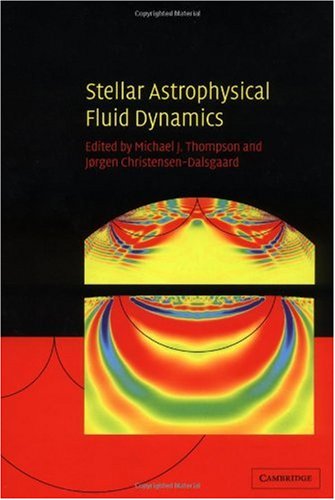

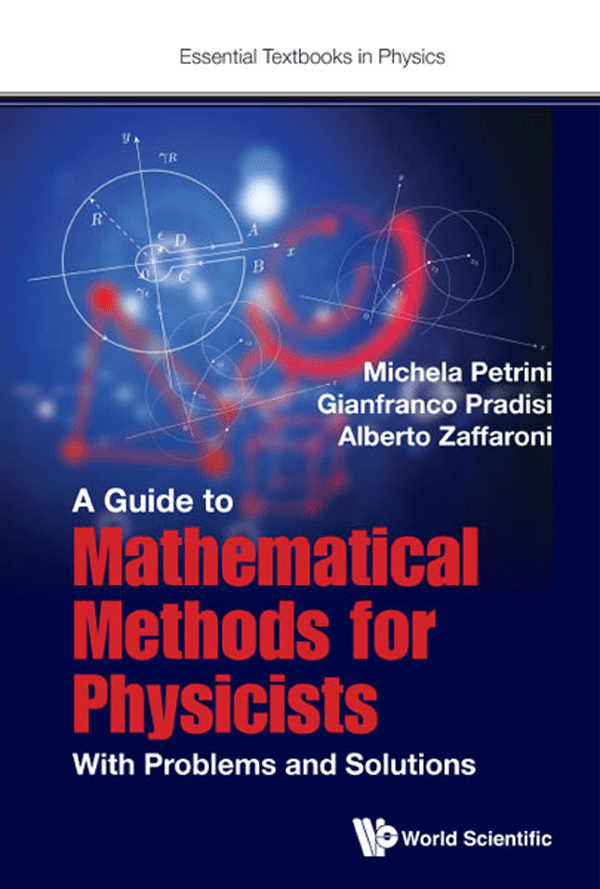

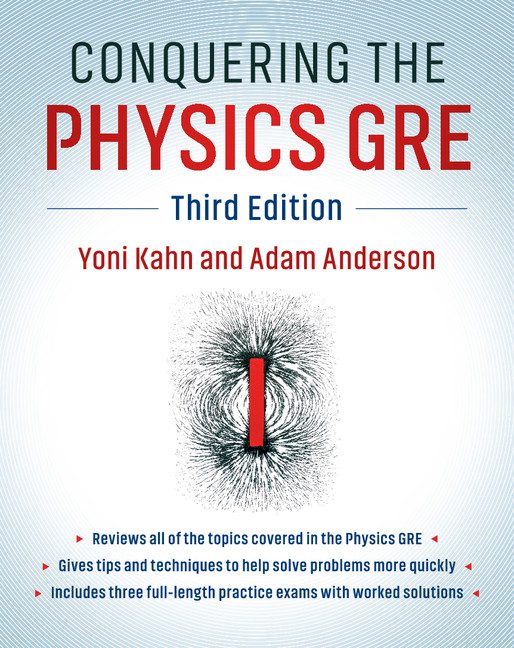
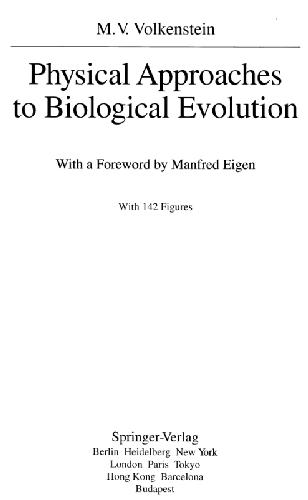
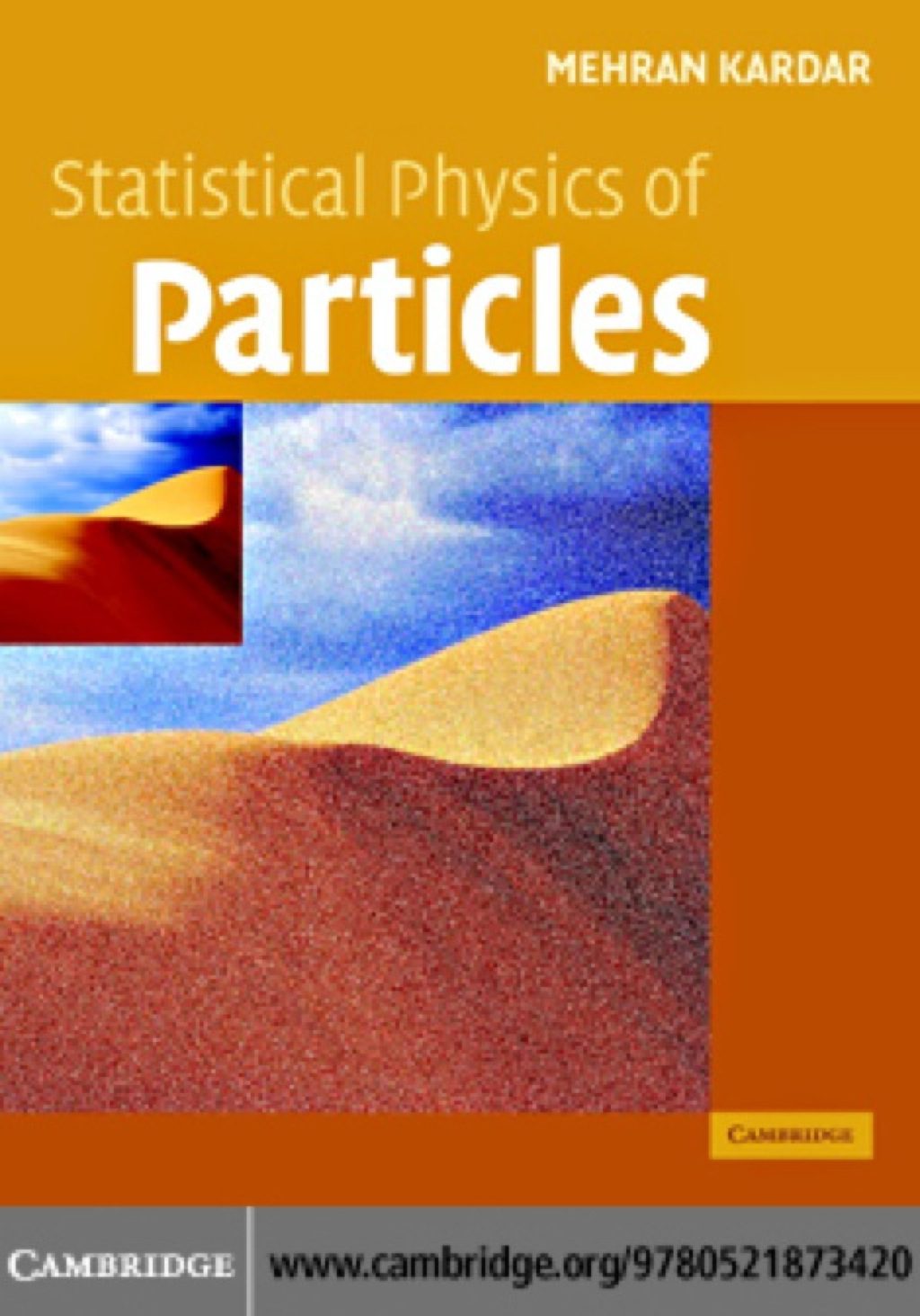
Reviews
There are no reviews yet.